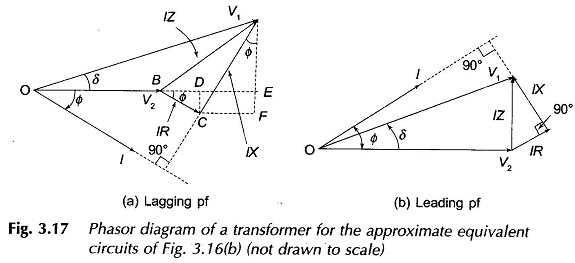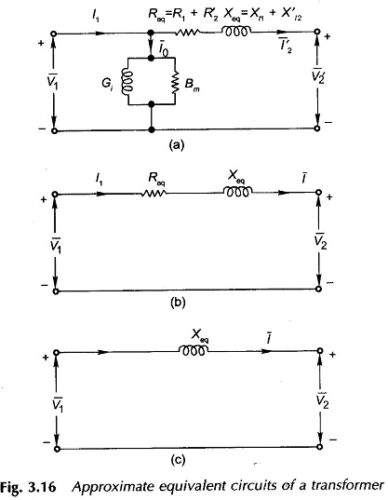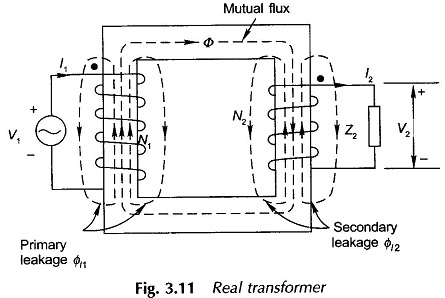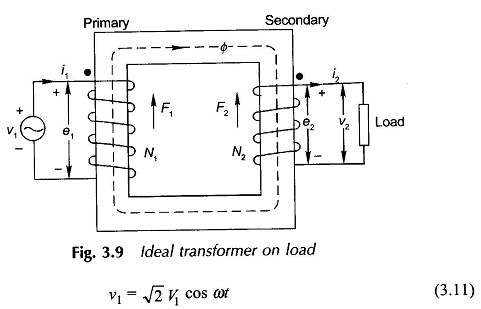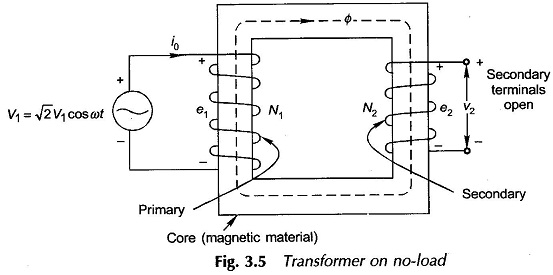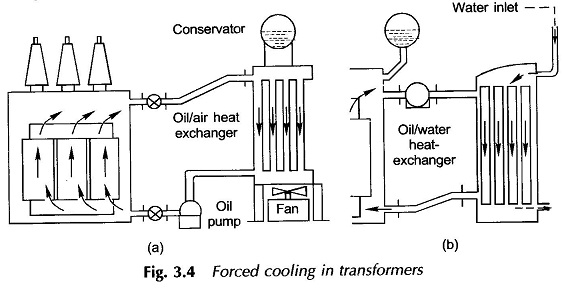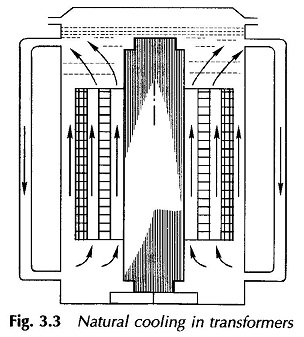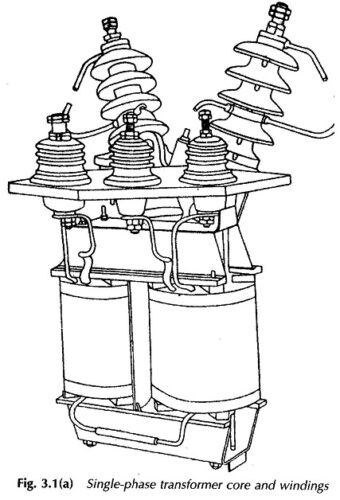Transformer Nameplate Rating
Transformer Nameplate Rating: Transformer Nameplate Rating Details – The voltage ratio is specified as V1 (rated)/V2 (rated). It means that when voltage V1 (rated) is applied to the primary, the secondary voltage on full load at specified pf is V2 (rated). The ratio V1 (rated)/V2 (rated) is not exactly equal to N1/N2, because of voltage […]
Transformer Nameplate Rating Read More »

